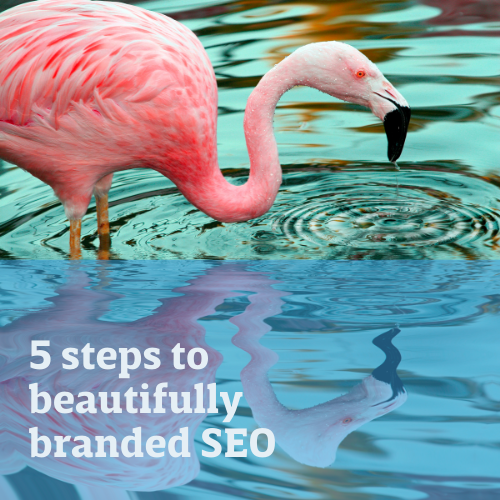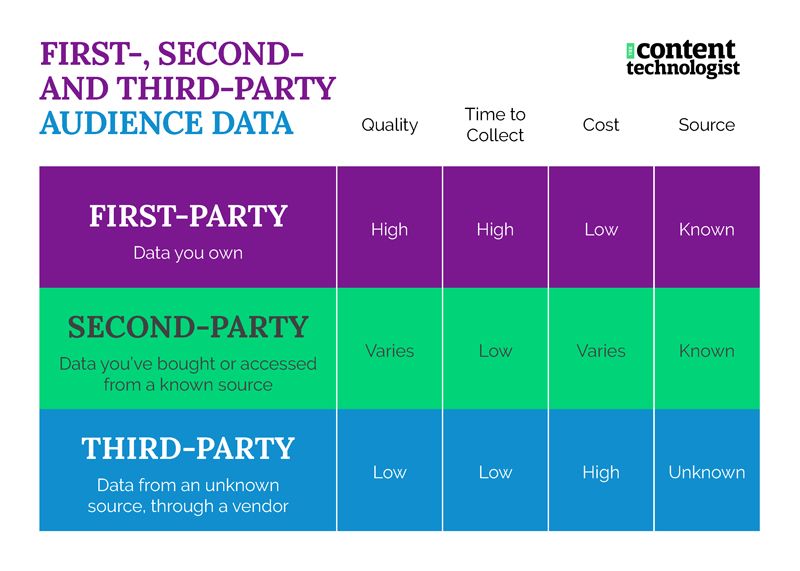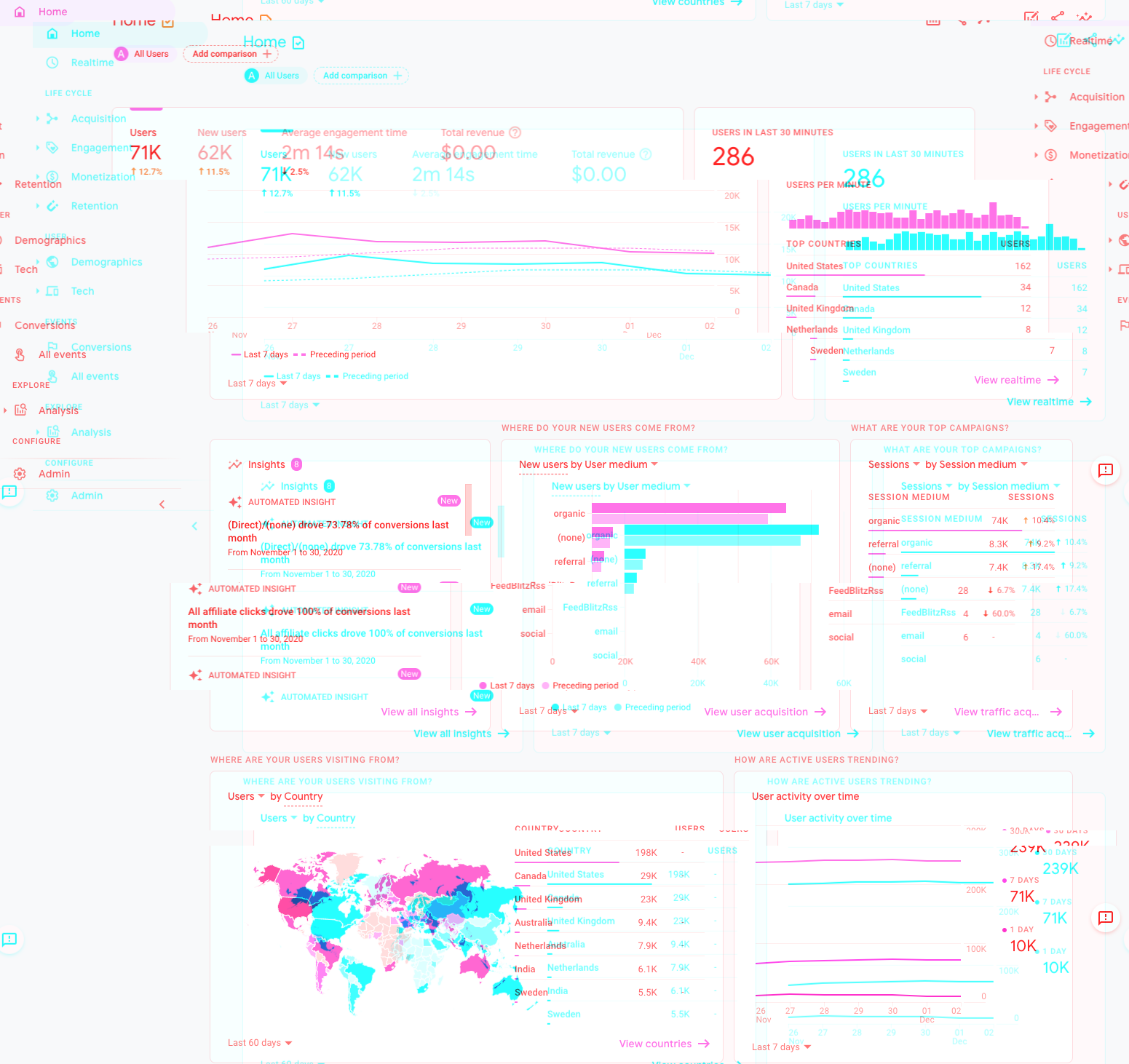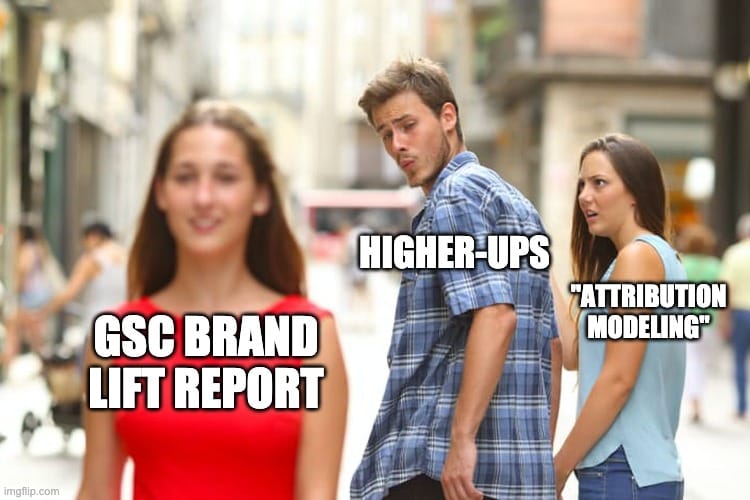Quote Wanamaker all you want, insisting that advertising success can never be properly quantified, and you'll be 50% right. It's nearly impossible to tell whether a brand awareness campaign led to a purchase months down the road, no matter how many unique user IDs you put on your customers' devices. Media reach metrics, from Nielsen to ComScore to Facebook, are heavily extrapolated projections delivered with a massive dose of bullshit.* PR and earned media are in the same boat: Measurement of impact of a press release or news story is next to impossible. You can never actually tell how many people saw, liked, acknowledged, loved, or were deeply annoyed by your advertisement or content.
Brand awareness, or the amount of people who are familiar with your company after an ad campaign than before, is measured with what's called a brand lift or brand recall study. Participants in brand lift studies are shown brand names and asked to recall whether they have seen or heard of the brand before. As with all focus groups and qualitative marketing methods, study participants are people who enjoy giving their opinion and have time to participate in studies—a small subset of the general public. The whole approach is as fallible as the human brain. These studies are notoriously expensive and, from my perspective, unnecessary as long as you can calculate more tangible business results (i.e., an increase in revenue). From what I understand, the digital versions of brand recall studies— which you've probably seen on Facebook and in display ad units—are still pricey and not much more accurate.
But you know what people do when they've heard about a brand from an ad campaign or press release and don't know what it does? Or when they remember that a brand sells a product they're in the market to buy?
They search for the brand name. Because everybody searches. In most of the world,** people from toddler to centenarian search on the same exact search engine multiple times per day for the topics they want to learn more about.
When deciphering what searches mean, we discuss "intent" in SEO. Brand name searches have the greatest intent of all: they are intentional. Unless your brand name is too similar to another company, or a common noun (apologies to Best Buoy and Bread, brand lift was never gonna help you anyway), a brand name search is the equivalent to someone calling your name and saying, "Hey, [BRAND], I like your style. Wanna chat it up?"
How do you measure how many people search for your brand name? You could use a keyword planner through Google Ads or a third-party service to get a rough estimate and track change month over month.
Or, you could use the very free tool that tracks where and when you're showing up in organic search results: Google Search Console.
*I know I sometimes mention that I've never taken a stats class, but I have a master's degree in mass communication + years of looking at GA profiles from large and small brands... and say with confidence that most mass media measurement methods are only semi-accurate at best. I've worked with media companies, brands and agencies. I've looked at the numbers on the media kits compared to the actual numbers. If you don't believe me, look at polling projection data (which is far more accurate than most mass media metrics!) vs. actual results from the last two US presidential elections.
**Google has a 93% global market share of search engine use, which is a hell of a monopoly.
Gettin trendy: Why I like Google Search Console (GSC) data for brand measurement
- Although Google's data is heavily filtered at the keyword level (meaning you only see a percentage of total keywords searched, even in GSC), it clearly displays micro trends in behavior.
- The data in GSC is deeply depersonalized, meaning that you couldn't use it for surveillance if you tried. It's more voyeuristic: you can see behavioral trends but not individual actions.
- GSC is far easier to segment and analyze than it used to be!
- It's free and set up on almost all business websites. If it's not already set up, some back data populates after you install the code. Win-win!
- Once again, much of the world uses Google search multiple times a day. Lots of people = scale = lots of data.
- The impressions data may be inflated (all impression and reach data is, and I cannot emphasize this enough), but at least it's consistently measured within Google, so checking a before-and-after demonstrates lift.
- You can only access information about your owned properties and not anyone else's websites. Your only benchmark is your own business -- as it should be.
- Because it's not tied to Ads or display advertising, Google has no vested interest in monetizing or monkeying with GSC data. It's strictly organic.
How to use Google Search Console to measure brand awareness trends
A caveat: This method works best for businesses that are at least two years old or have a significant brand presence. Alas! The Content Technologist is too small of a microbusiness for this method to be effective. You may have 1,000 true fans, but they're likely accessing your website directly and not searching your brand name.
Let's start with a benchmark:
Before your ad campaign or launch goes live, take a benchmark. Or, gather the historical data in GSC from before the launch went live. Either way, we are looking to get a before and after.
- Dip into your Google Search Console data, and select your profile at the domain level or your the canonical version of your website (i.e. the one with the most traffic data populated).
- In the left-hand column, select the Performance report.
The Performance report displays what pages of your website are showing up in search results, and for which queries. It graphs the metrics clicks, organic impressions, clickthrough rates, and average position. - Uncheck all the boxes except Total impressions, displayed in dark purple. We are only concerned with impressions, or the number of times your website has appeared within organic search results in Google search.
- Now let's set our filters:
Search type: Keep it set at the default: web
Date: The default period is the last 3 months, but if you have a year of data, move your window back to at least the last 12 or the last calendar year. - Click the +NEW button next to the date filter. When the menu drops down, select Query at the top of the list
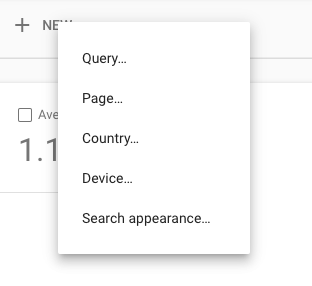
6. Set a query filter for Your Brand. Use either your unique brand name or a shortened version that uniquely represents your brand and would not be present in non-brand queries. You're trying to show only impressions for your brand name.
![Screenshot from Google Search Console's query filter set to "Queries containing [YOUR BRAND]"](https://www.content-technologist.com/content/images/2021/05/Screen-Shot-2021-05-12-at-5.53.29-PM.png)
7. After you click Apply, you'll likely see a chart that looks like this:
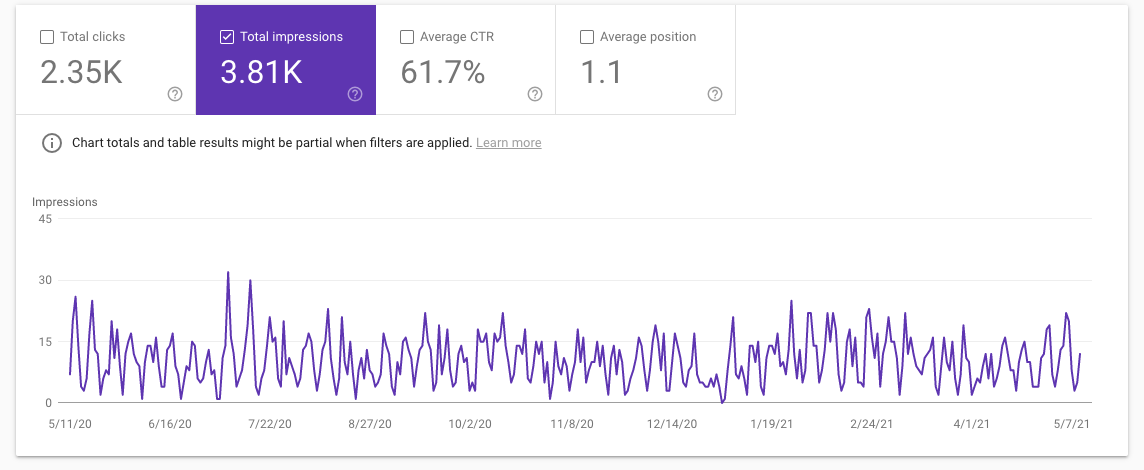
It's daily impressions data for brand searches, and like all daily line graphs is extremely unhelpful! If you're lucky, it's trending up and to the right, but this is before your campaign, so that would be unlikely.
8. You should also check that your average position is 1.1 or less than 2 on those brand terms. If not, Google your brand and check out who is ranking on #1. And SEO your brand while you're at it!
9. Since we're pulling a quick-and-dirty benchmark, take the total impressions data and divide it by 12. That's our average monthly impressions for the past 12 months.
If you're presenting to a client or executive, you may want to export the data and calculate each month's total impressions. Create your own easy-to-read line graph with those monthly numbers and put it in your report to show brand trends over the past year. Average them out. Likely the answer will be similar to your quick-and-dirty total, but you may see some micro-micro trends or seasonality among those months.
10. After your brand campaign has run its course—ideally 3+ months because it takes a while—jump back in and follow the same exact process. Ideally, more people will have searched for your brand name, and thus: more impressions.
You can also use the "compare dates" feature in GSC, but since you're a smartypants, I'm not screencapping that for you.
If your brand campaign worked, you should see a measurable lift. It may only be a couple of percentage points, but ideally there's a discernable trend.
Report your brand lift as a percentage—not as an absolute number. Keep the absolute number on hand, of course, since it's your benchmark. Absolute numbers in digital analytics change among measurement tools, and the absolute numbers in Google Search Console are a sampled estimate, and may also reflect bots or unsavory behavior (all impressions and reach metrics are inflated). But since you included those bot searches and samples in your before as well as your after, the brand lift trend is represented over time.
Ta-da! You've just measured brand awareness with a tool that costs zero dollars. You've saved your company money and told them how well their ad or PR dollars were spent. You will knock some senior exec's socks off.
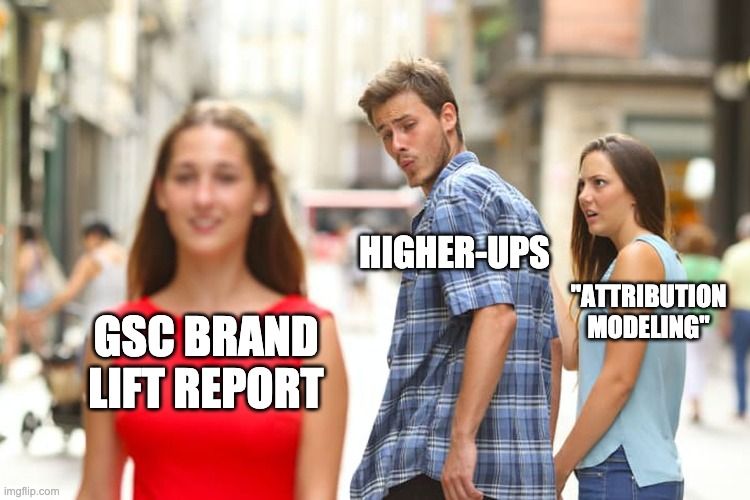
I'd advise taking a brand impressions temperature every three months or so. Watch your growth over time. Be aware of seasonality. Compare your brand lift to the lift in purchase volume or revenue (because you were likely also advertising a product, not a brand). Make decisions. Pat yourself on the back. You did a great job.
Hand-picked related content
